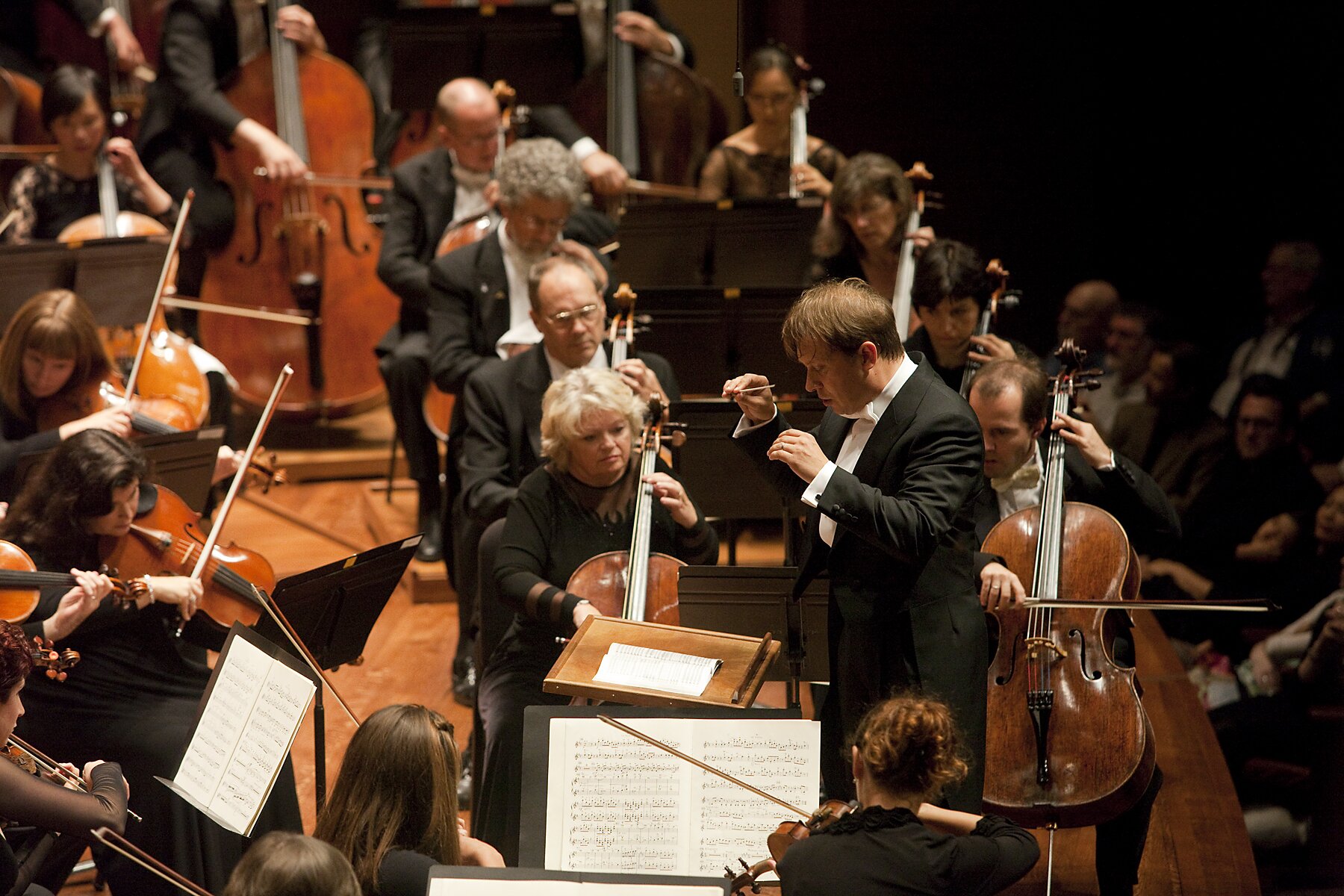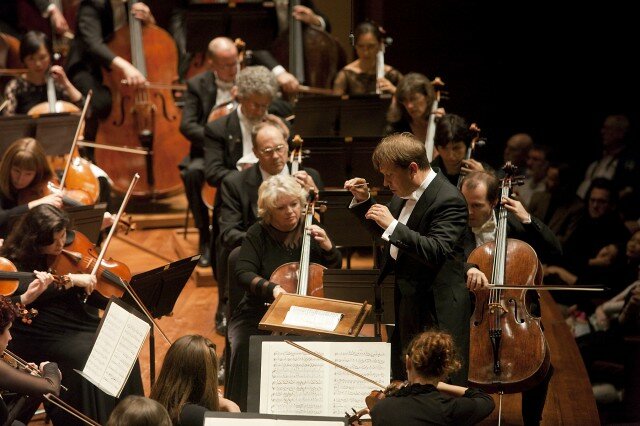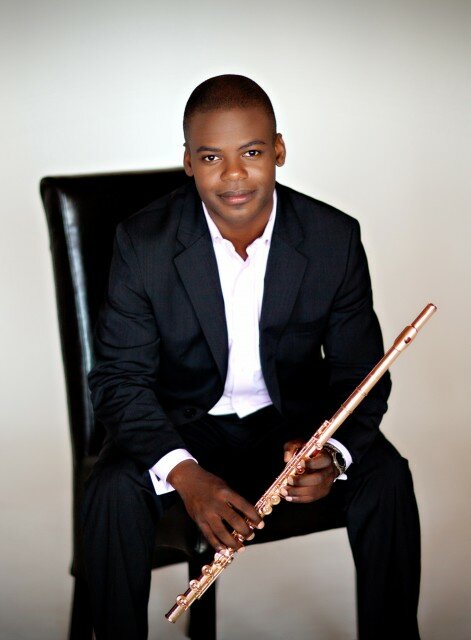Depending on the resiliency of your browser’s cache, the all-new, but still-familiar SIFF 2012 Festival website started appearing on various local internets sometime before Thursday’s lunch hour, complete with a festival calendar, film descriptions, trailers, and all sorts of other bells and whistles including MvB’s beloved “screw the site, all I want is SIFFTER!”
Yes, the flashy film sorter seems to be updated with this year’s lineup to help you narrow the choices to your favorite Martial Arts Erotic Coming of Age Detective stories. But, alas, the pocketable, insanely useful iPhone version iSIFF still seems to be stuck in 2011 (why it doesn’t exist as a year-round resource for SIFF’s year-round programming remains among Seattle’s enduring mysteries). And one last question, if we may: Why is the SIFF Lounge conveniently located near no other festival venues (closest one Cinerama) at Henry & Oscar’s, aka Belltown middle of nowhere?
But all that being said, let’s get ready to festival! Like some rough beast, its hour come round at last, the 2012 Seattle International Film Festival is snuffling at our door. Are you ready for 460 films from 75 countries (273 features, 64 documentaries, 187 short films)? Are you prepared to take in 61 world premieres, 36 North American premieres, and 24 U.S. premieres? Of course not! Don’t be ridiculous.
That’s why in the coming weeks we’ll be hivemindmelding to help you figure out what…tenth, let’s say, of this festival is best worth your time. And really, if you see half of those, you’ll feel it in your flattened tuchus by the end. [Full disclosure: The SunBreak is a media sponsor of the festival, which means we get listed in tiny, tiny type somewhere on their site, and get to give you free tickets–ed.]. If you can’t wait for our crystal ball readings, but know that you like, for instance, to laugh, be scared witless, see the future, or find yourself horribly depressed by the bleak state of the environment/familial betrayals/human rights/the economy, SIFF re-upped last year’s experiment of organizing the festival into user-friendly Pathways.
Let’s hash through the details (and DEFINITELY reacquaint yourself with last year’s pro-tips): Get yer series passes here. The Opening Night film is local gal Lynn Shelton’s Your Sister’s Sister, this Thursday, May 17 @ McCaw Hall. Here’s the gala tix, and here’s the even-fancier SIFF 2012 Red Carpet Experience.
In terms of in-city programming, this year’s map is a little more compact with most regular screenings taking place downtown at Pacific Place, in Capitol Hill at the Egyptian and both Harvard Exit screens, and on SIFF’s home turf in lower Queen Anne with three screens at the Uptown and one at the Film Center. Once again, the festival will take the show on the road to Renton, Everett, and Kirkland, but we have enough trouble catching everything in Seattle and don’t expect to venture beyond city limits.
ALL OF THE GALAS:
In addition to the opening and closing night soirees, the festival is packed with parties. As a Saturday Gala (a gala because of the day of the week?), there’s Robot and Frank, May 19 @ Pacific Place Cinemas, even though EW totally reviewed it last June. There’s a second (another?) Saturday Gala: As Luck Would Have It, May 26 @ SIFF Cinema Uptown and the locally-shot Friday Gala (forget it) the Details, June 8 @ Egyptian Theatre. The film at the Centerpiece Gala (now THAT’s a real gala) for the tres French the Chef, June 2 @ Egyptian Theatre and at the Gay-La, it’s the appropriately titled Gayby, June 6 @ Egyptian Theatre. Locally-filmed Grassroots, an adaptation of the true Seattle story of monorail evangelizing Grant Cogswell’s ill-fated campaign for city council, closes the festival with a gala screening at SIFF Cinema Uptown followed by a boozy party at the Grand Hyatt. For extra credit, use the existing monorail to get from the Queen Anne screening to the downtown party. PRO TIP.
But wait, there’s more. Some presentations are more special than others:
- Brave, see Pixar’s latest on June 10 @ Pacific Place, a few days before it goes into wide release.
- Diaz – Don’t Clean Up This Blood fictionally recreates the clashes at the 2001 G8 summit (timely!) June 1 & 2 @ SIFF Cinema Uptown; June 5 @ Harvard Exit
- The Last Reef 3D, takes you on a 40 minute underwater voyage, no SCUBA certification required on June 3 & 4 @ Pacific Science Center IMAX
- People Like Us finds young Captain Kirk and Effie Trinket dealing with earthbound family drama on June 4 @ SIFF Cinema Uptown; June 5@ Egyptian Theatre
- Trishna brings Tess of the D’Ubervilles into contemporary Rajasthan, India by way of Michael Winterbottom. May 18 & 20 @ SIFF Cinema Uptown
And this year, SIFF also pays tribute to a couple of film legends, bringing them into the company of film lovers for the right price. But don’t hold your breath, as these are cancellation-prone:
- An Evening with Sissy Spacek feat. Badlands, June 7 @ SIFF Cinema Uptown
- An Evening with William Friedkin feat. Killer Joe, June 9 @ Egyptian Theatre
LIVE PERFORMANCES
Live music is scaled back this year compared to the past few. Personally I’m a little scared of Emerald City Visions: A Hip-Hop Reinterpretation of The Wiz, curated by Larry Mizell, Jr and staring rising stars of Northwest hip-hop June 1 @ The Triple Door, but these things usually turn out to be memorable.
Can’t wait? “Enjoy” and start decoding the SIFF 2012 official “trailer” (which, as clever as it is in squeezing so many film references into two and a half frenetic minutes, you will quickly grow to hate once you see it in front of six or so films):







